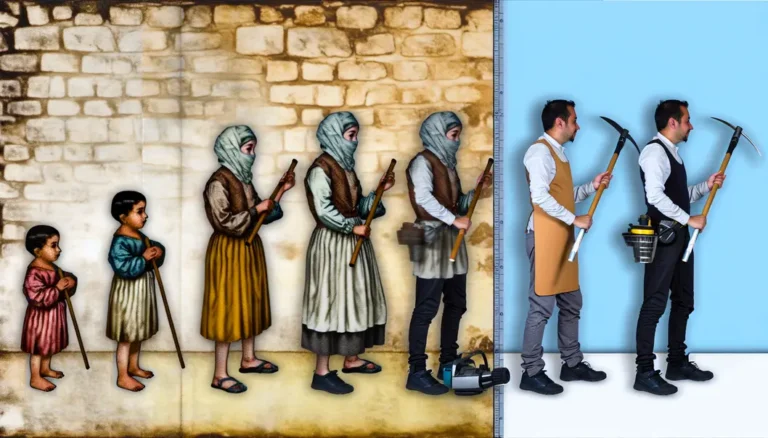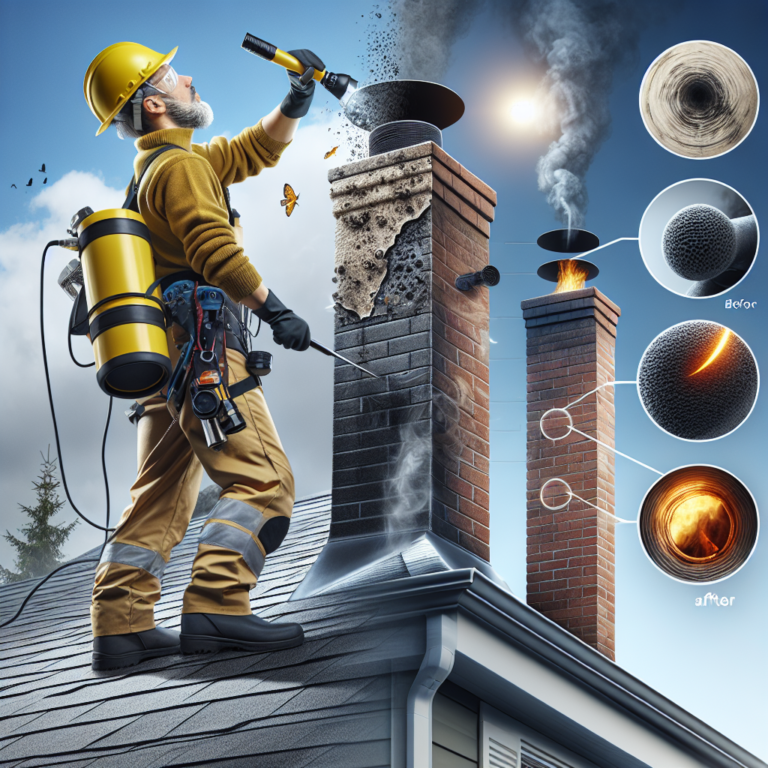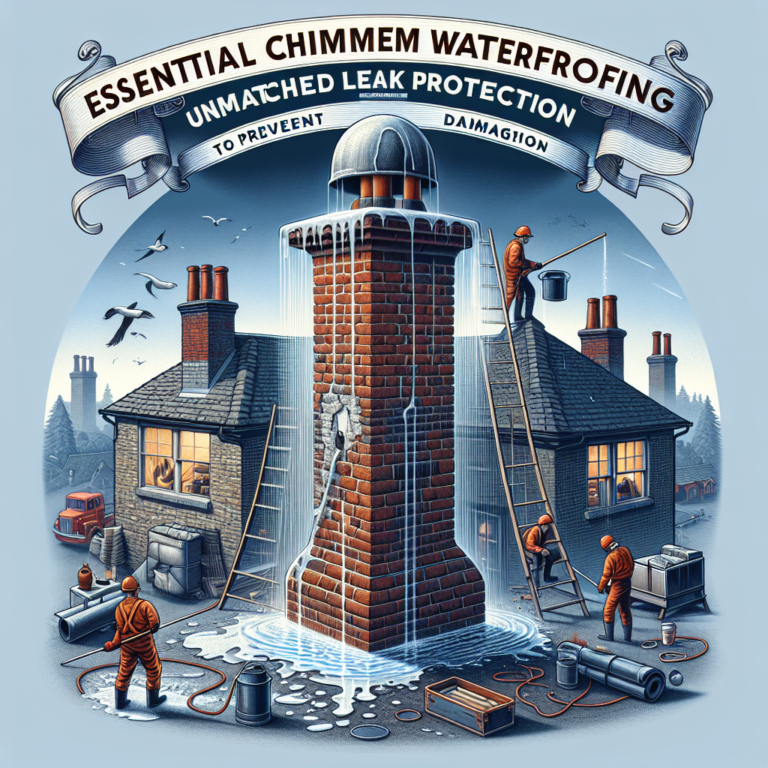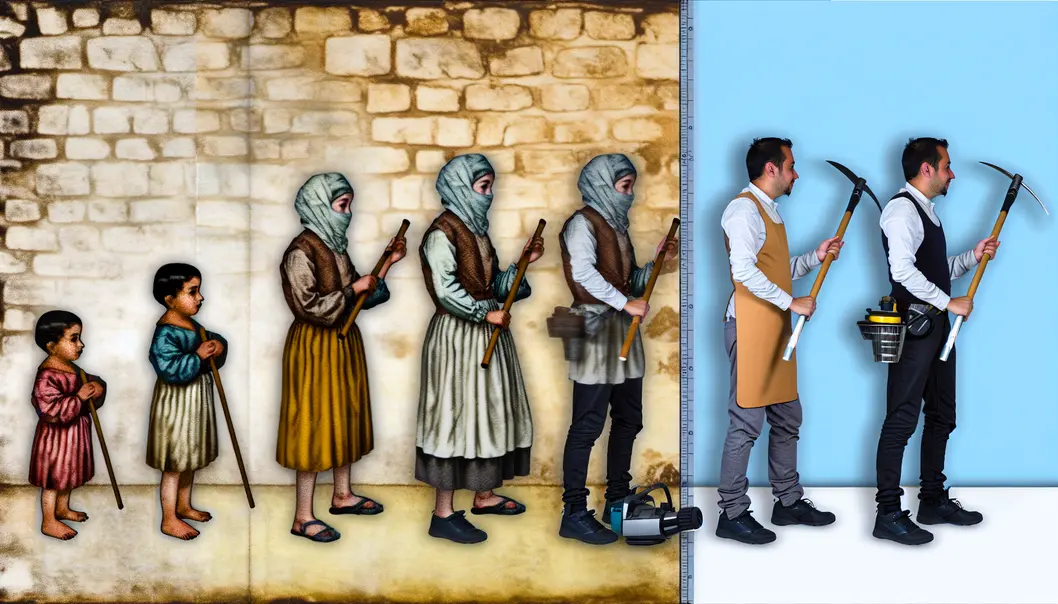Chimney sweeps have played a crucial role in home maintenance, evolving from the arduous jobs of yesteryear to the modern services homeowners depend on today. This article delves into the historical journey of chimney sweeps, their impact on safety, and their present-day relevance. In the first chapter, we’ll explore the origins and evolution of the profession, while the second chapter will examine the modern role and significance of chimney sweeps for today’s homeowners.
From Hearth to Hope: The Transformation of Chimney Sweeping
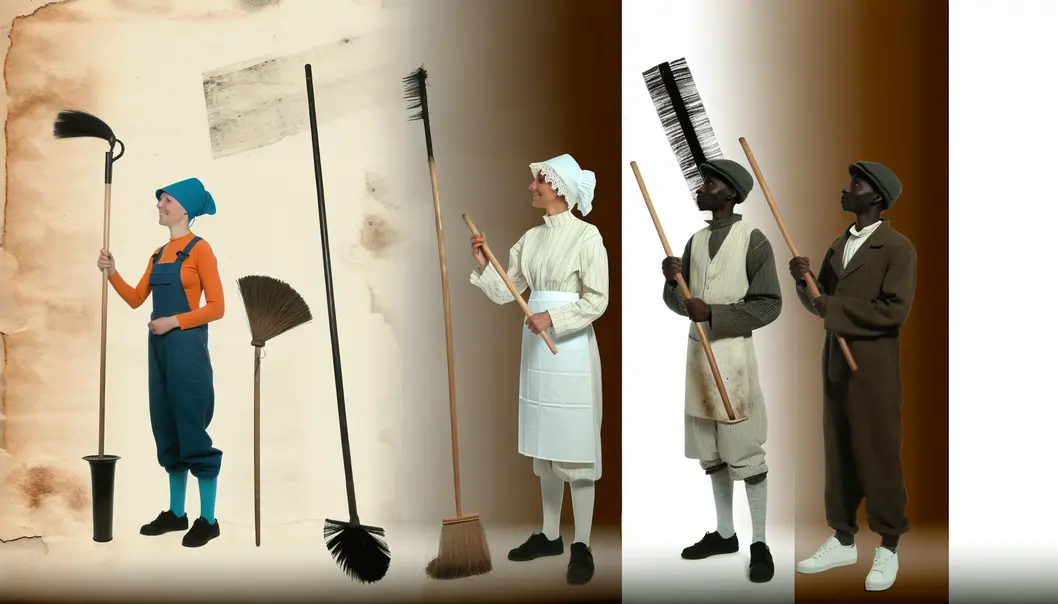
The history of chimney sweeping reflects an intricate dance between human ingenuity and social evolution. It traces the arc from grimy necessity to regulated profession, highlighting shifts in societal priorities and technological advancements. Initially, chimney sweeping was a response to the practical necessities of emerging architectural practices. In the medieval period, as chimneys became commonplace in the castles and homes of Europe, the danger of soot buildup and chimney fires demanded regular maintenance. This need was amplified with the advent of the Industrial Revolution, where coal-fired warmth became essential for the burgeoning urban centers. More soot meant more work for chimney sweeps, a job that often fell to those at the fringes of society—particularly children.
In the 17th century, child labor was rife in chimney sweeping. These “climbing boys,” small enough to fit into the narrowest of flues, endured hazardous conditions. Climbing up soot-choked passages without protective gear, they faced dire health consequences. Scenarios could turn lethal if a child got stuck or suffocated within the chimney’s walls. Public outcry eventually led to legislative changes. Initial efforts, like the Chimney Sweepers Act of 1788, aimed to curb these abuses, yet they faltered in impact due to scant enforcement. It wasn’t until the Chimney Sweepers Regulation Act of 1864 that robust measures, such as age restrictions and mandatory registration, were enforced, aiming to eliminate child labor from the trade.
Technological advancements also shaped the industry’s evolution. Once reliant solely on manual labor, the introduction of innovative tools like Joseph Glass’s extendable brush in 1803 marked a turning point. These tools reduced dependence on child labor, making the process more efficient and ensuring safety. As the 19th century progressed, the mechanization of chimney cleaning continued to improve, moving away from rudimentary methods towards more effective solutions.
The professionalization of the trade in the 20th century marked another significant shift. As awareness of occupational hazards grew, organizations such as The National Association of Chimney Sweeps emerged, prioritizing safety and best practices. Modern chimney sweeps are now trained professionals equipped with advanced equipment, reflecting an ongoing commitment to safety and environmental considerations. Strict adherence to building codes and emissions control demonstrates how the profession has adapted to fulfill both individual and community obligations.
Beyond mere functionality, chimney sweeps have embedded themselves within cultural memory. Folktales and superstitions once labeled them as bearers of good fortune, a tradition perhaps rooted in their role as protectors against fires. Literature and films have further romanticized their image—most famously through Mary Poppins, where the character Bert symbolizes the merry, though historically inaccurate, sweep.
Today, a chimney sweep’s role encompasses more than just cleaning. It involves inspecting for structural integrity and ensuring that features like chimney liners are functioning correctly. The industry’s evolution showcases a trajectory of resilience, adapting amidst the changing landscapes brought by social, regulatory, and technological transformations. The story of chimney sweeps is one of transformation, showcasing humanity’s journey from soot-laden hardships to a profession grounded in safety and innovation.
Modern Chimney Sweeping: Safeguarding Homes with Advanced Techniques

The image of a chimney sweep, often romanticized through literature and film, might evoke Victorian-era scenes of soot-covered workers climbing through narrow flues. However, the role of today’s chimney sweep has evolved significantly, underscoring the critical importance of their trade in maintaining home safety and efficiency. Modern chimney sweeps bring expertise and advanced technology to what remains an essential aspect of home maintenance.
Chimney maintenance is vital for a myriad of reasons, chief among them fire prevention. The byproduct of burning wood, known as creosote, accumulates along the walls of chimneys and poses a significant fire risk if not cleaned regularly. This tar-like substance is highly flammable and can ignite with disastrous consequences. Regular cleaning by a professional can significantly reduce this risk, protecting homes from potential devastation.
Beyond fire prevention, chimney sweeps play a crucial role in ensuring carbon monoxide safety. Improperly vented chimneys can cause dangerous gases to seep back into living spaces, exposing occupants to serious health risks. Maintaining clear passageways through regular inspections can prevent such blockages, ensuring these hazardous gases are expelled as intended.
The structural integrity of a chimney is another area where professional sweeps prove invaluable. Regular inspections can identify issues such as cracks or deteriorating mortar that compromise a chimney’s stability. Addressing these problems not only extends the life of the chimney but also ensures it functions safely and efficiently.
In addition to preventing fires and ensuring proper ventilation, a well-maintained chimney supports efficient heating. Clean chimneys facilitate optimal airflow, enabling fireplaces and stoves to provide maximum heat output while using less fuel. This efficiency translates to energy savings and improved comfort for households during colder months.
Modern chimney sweeps are equipped with a toolkit far advanced from their historical predecessors. Video inspections allow thorough examination of hard-to-reach areas, ensuring no part of the chimney goes unchecked. Rotary cleaning systems driven by electric drills provide effective removal of creosote without risking damage to the chimney’s inner linings. In some cases, chemical treatments may accompany mechanical cleaning to tackle stubborn deposits.
Professional chimney sweeps adhere to strict industry standards set by organizations such as the National Fire Protection Association (NFPA) and the Chimney Safety Institute of America (CSIA). Homeowners are advised to ensure these certifications in any service providers they consider, as this guarantees adherence to best practices and safety standards. Additionally, verifying insurance coverage and checking client references can further assure the quality and reliability of the service.
While some homeowners may consider tackling chimney cleaning themselves, the expertise and equipment offered by professionals prove invaluable. DIY attempts often lack the thoroughness and risk a failure to recognize potential hazards that trained professionals are adept at spotting. Furthermore, professionals stay informed about local building codes and environmental regulations, ensuring compliance and safety.
In a world growing ever more conscious of safety and efficiency, modern chimney sweeps stand as indispensable guardians of home integrity. By investing in professional services for regular chimney maintenance, homeowners safeguard their property from fire hazards, enhance the efficiency of their heating systems, and protect the health of their families by ensuring proper ventilation.
For more detailed guidance on protecting your home from potential chimney hazards, consider exploring chimney maintenance strategies.
Final thoughts
Chimney sweeps have significantly transformed from their historic roots to their current role in ensuring home safety. Understanding this evolution highlights the importance of regular chimney maintenance to prevent hazards and enhance home longevity. Today’s chimney sweeps are vital partners in maintaining a safe living environment.
Protect your chimney from animals, rain, and debris. Install a new cap or damper with Chimney 360!
Learn more: https://chimney360.com/chimney-cap-replacement/
About us
Chimney 360 supplies and installs high-quality chimney caps and dampers to enhance your chimney’s efficiency and protect your home.

